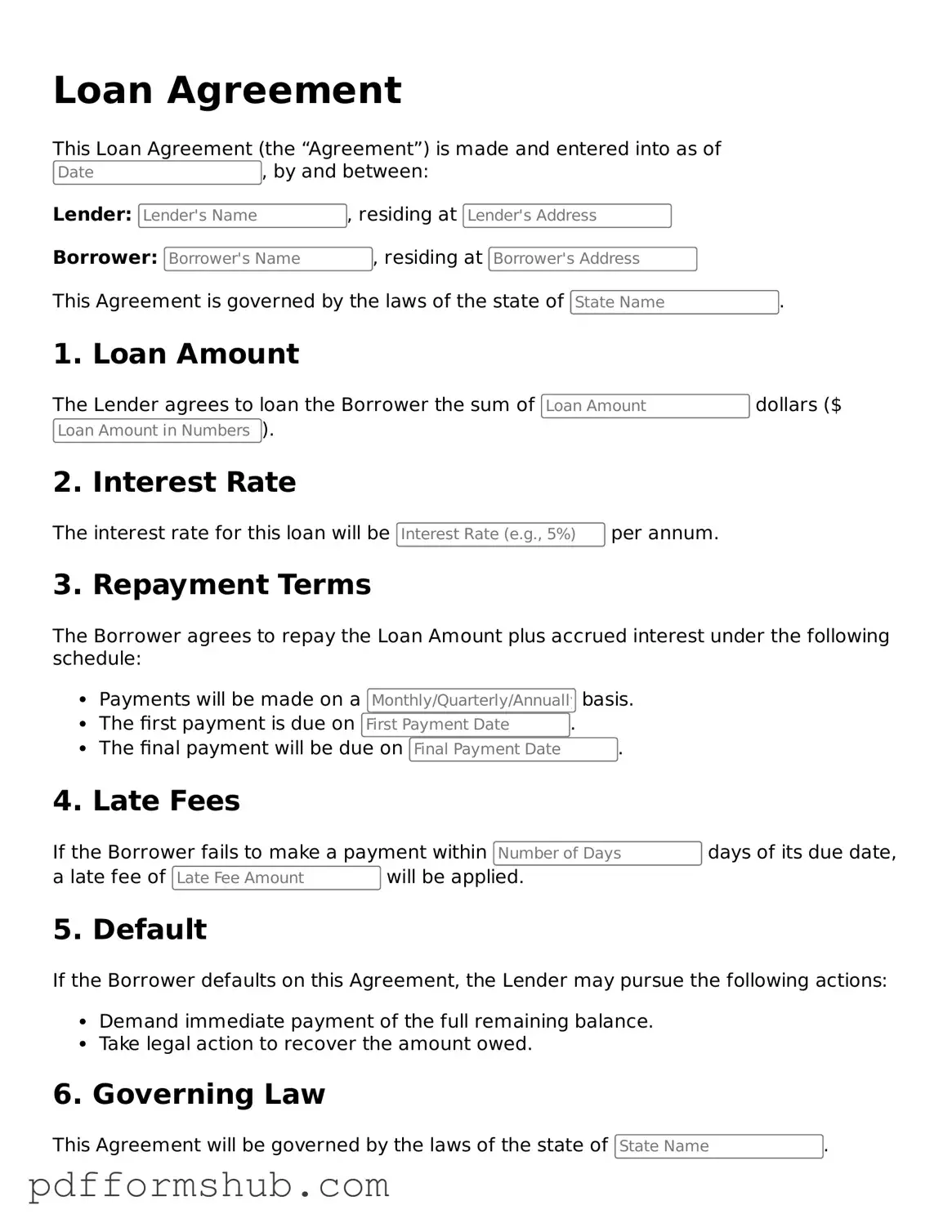Proof of Service
- A formal record of the service action taken in a court procedure.
Form I-9
- Provides insights into work ethic as observed during the employment period.
For those looking to streamline the process of transferring ownership, the New York ATV Bill of Sale form is an indispensable tool that clearly outlines the particulars of the transaction. By capturing essential details such as the buyer and seller's information, vehicle description, and sale price, this legal document plays a crucial role in ensuring clarity and transparency. For additional resources, you can refer to the Templates and Guide, which can aid you in this process and help you navigate any complexities involved.
Atv Bill of Sale Printable
- Promotes trust and accountability in private sales.
